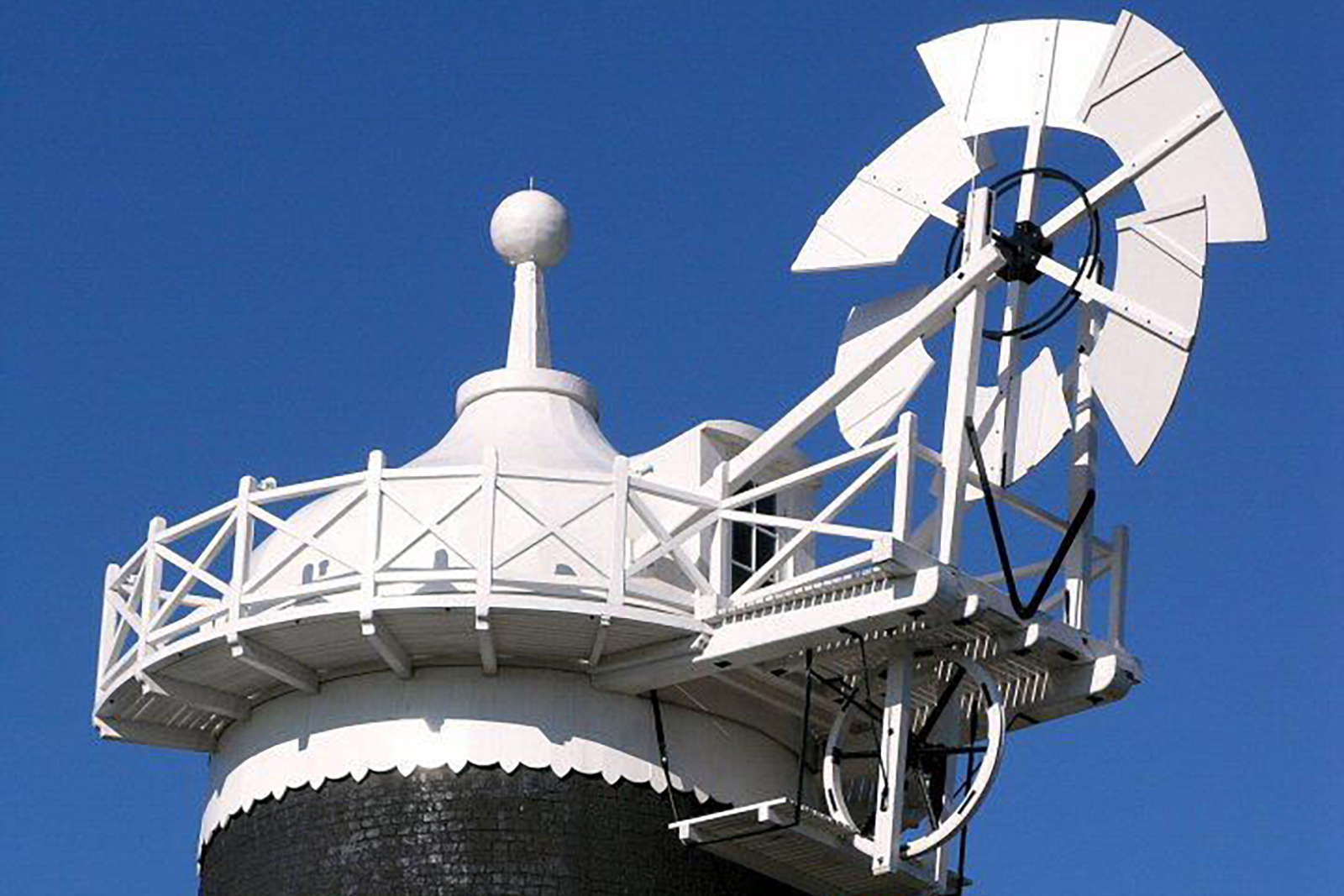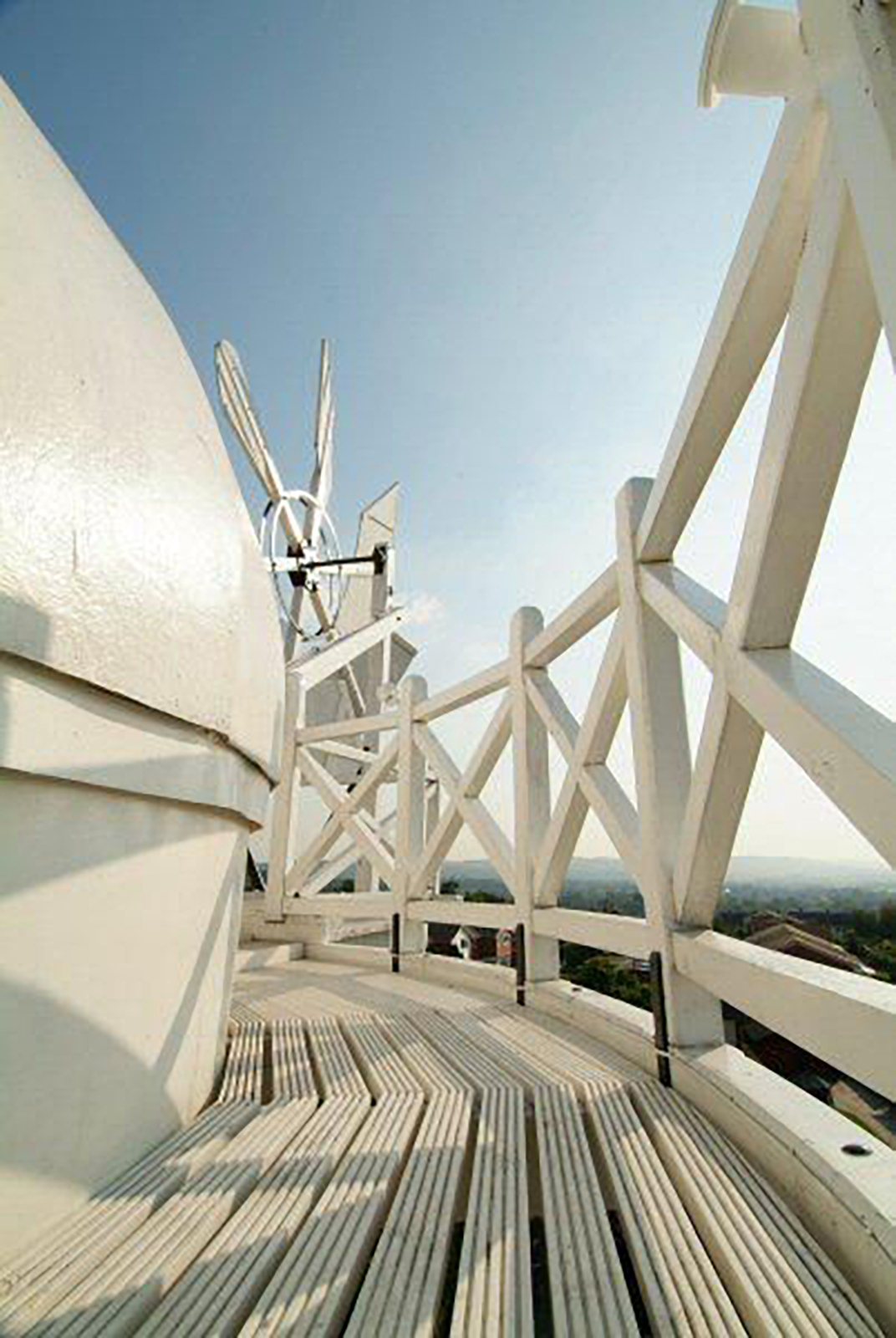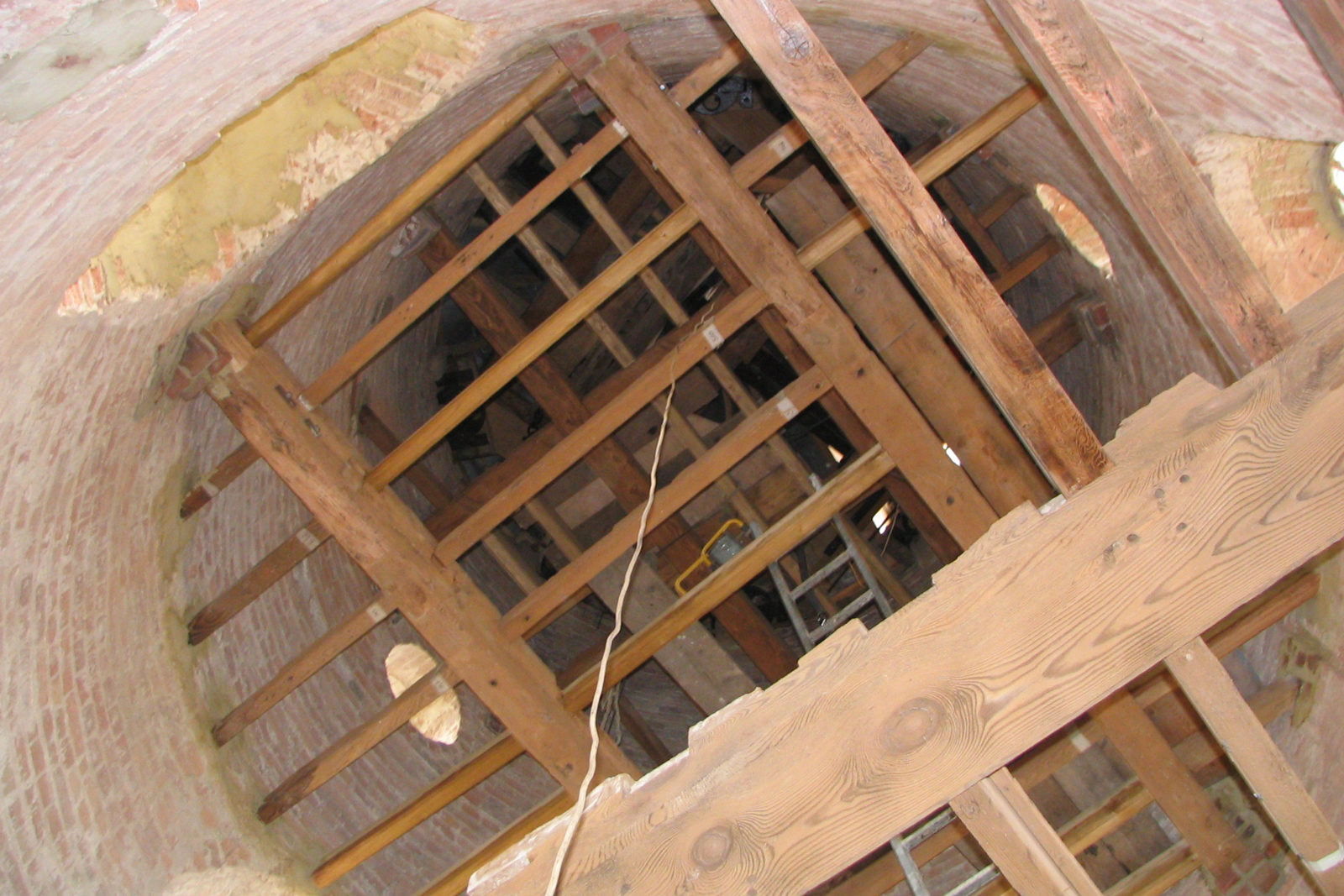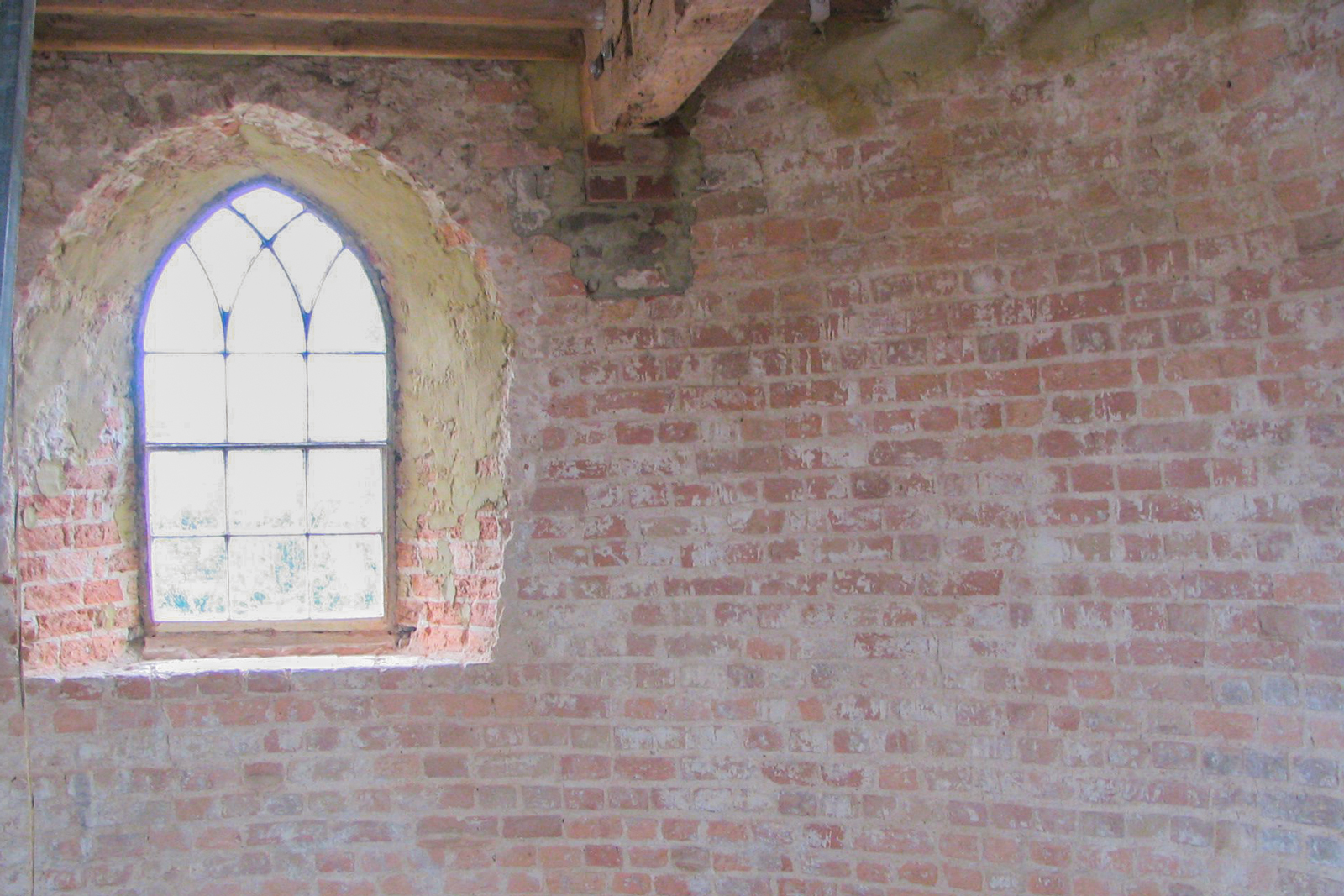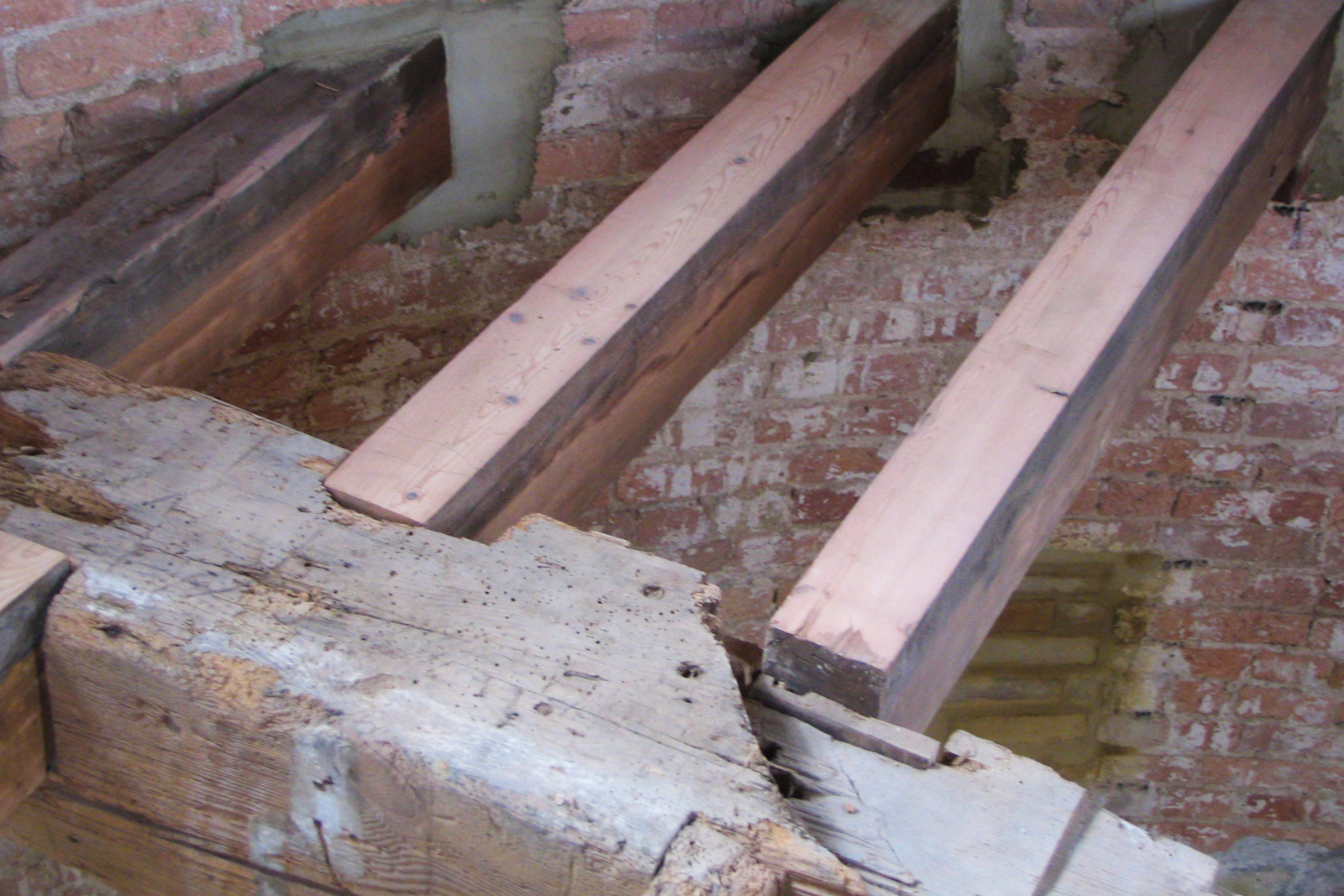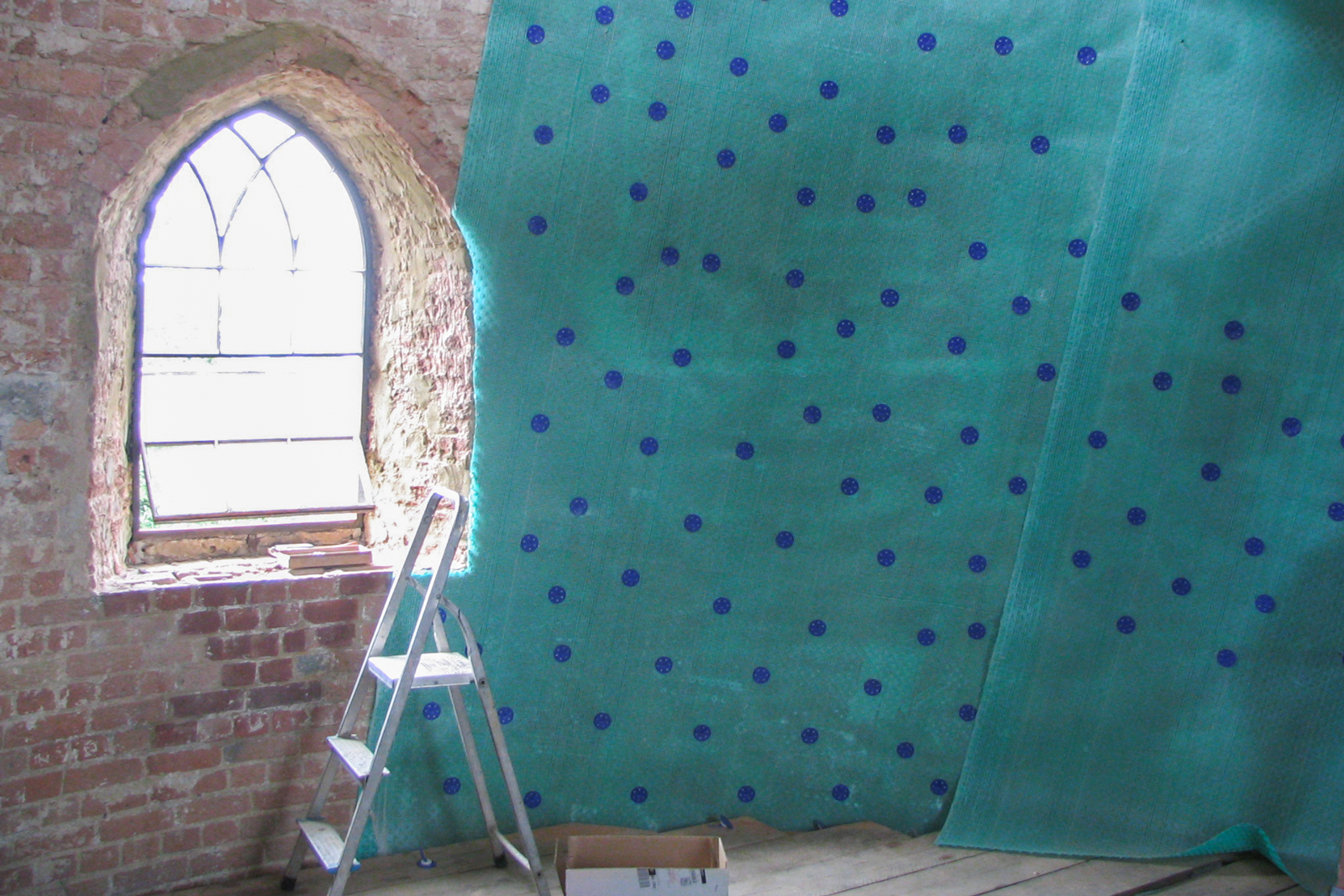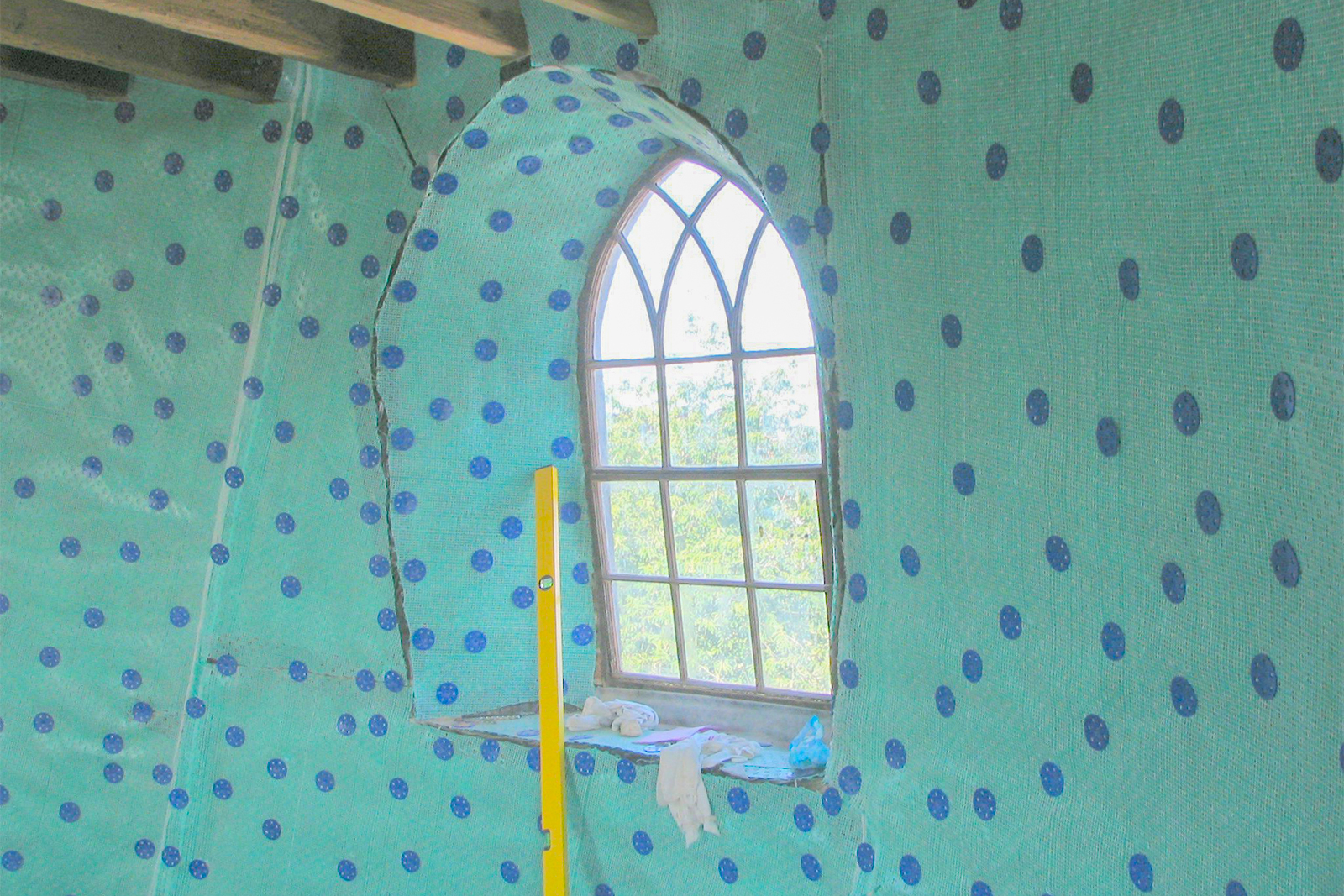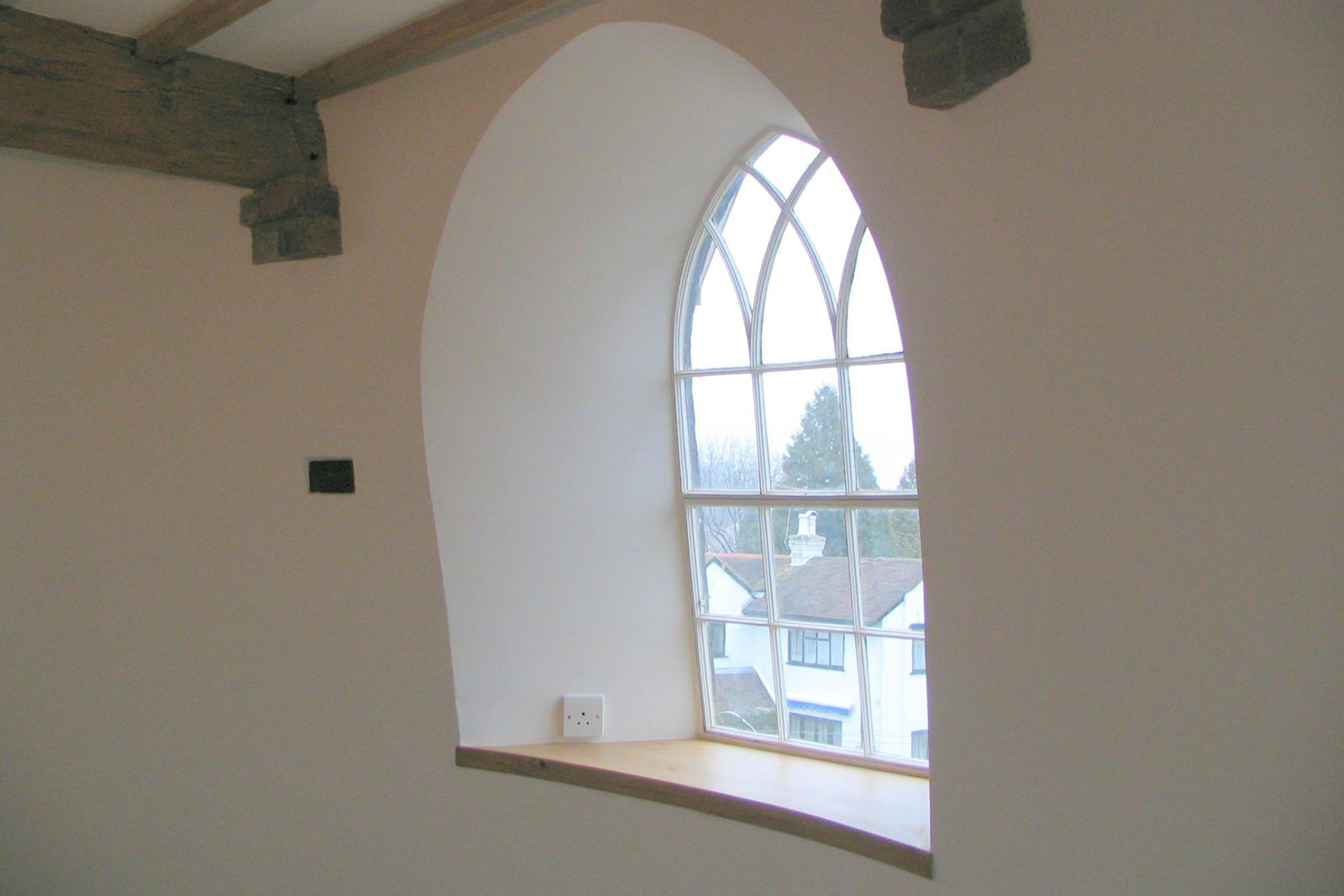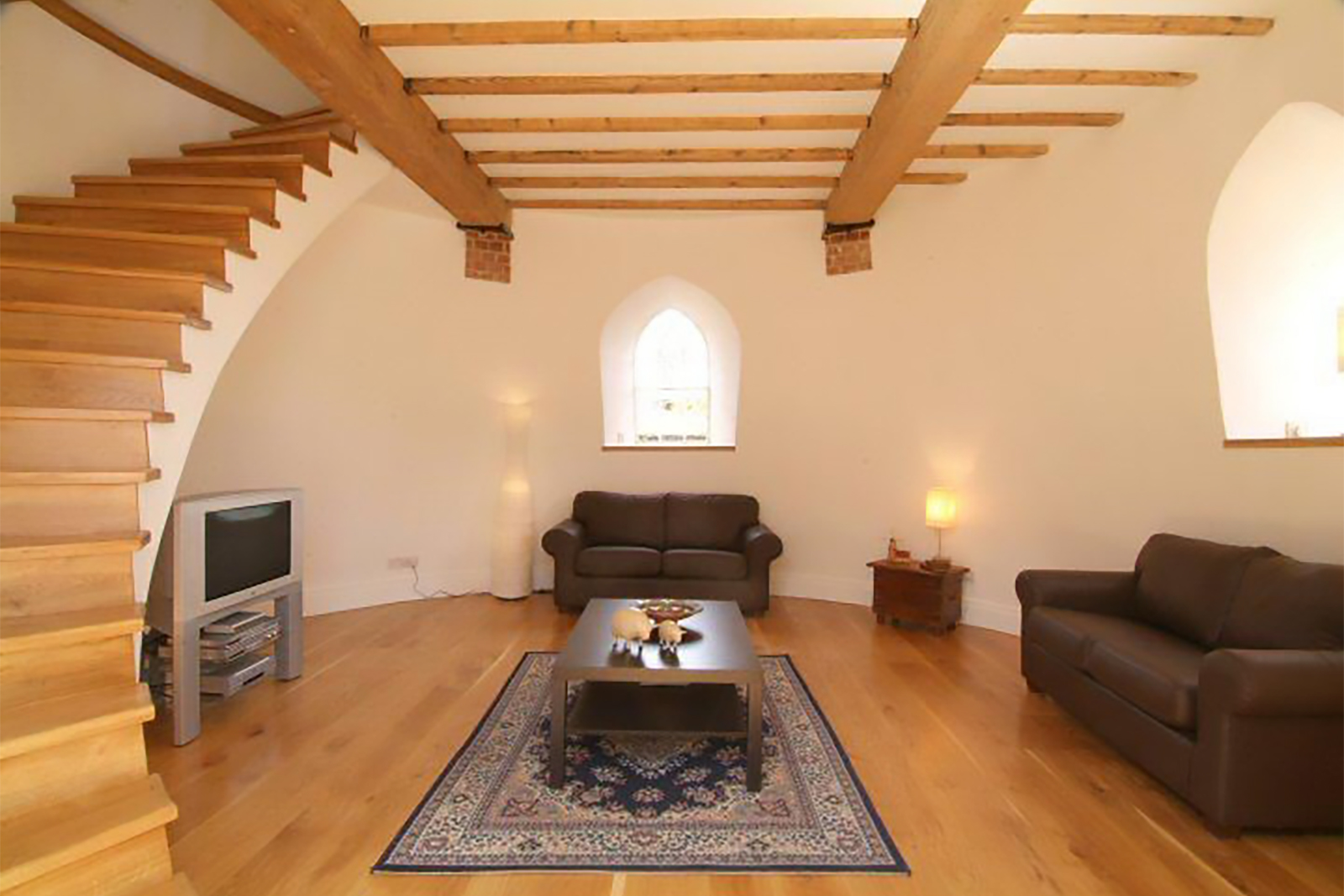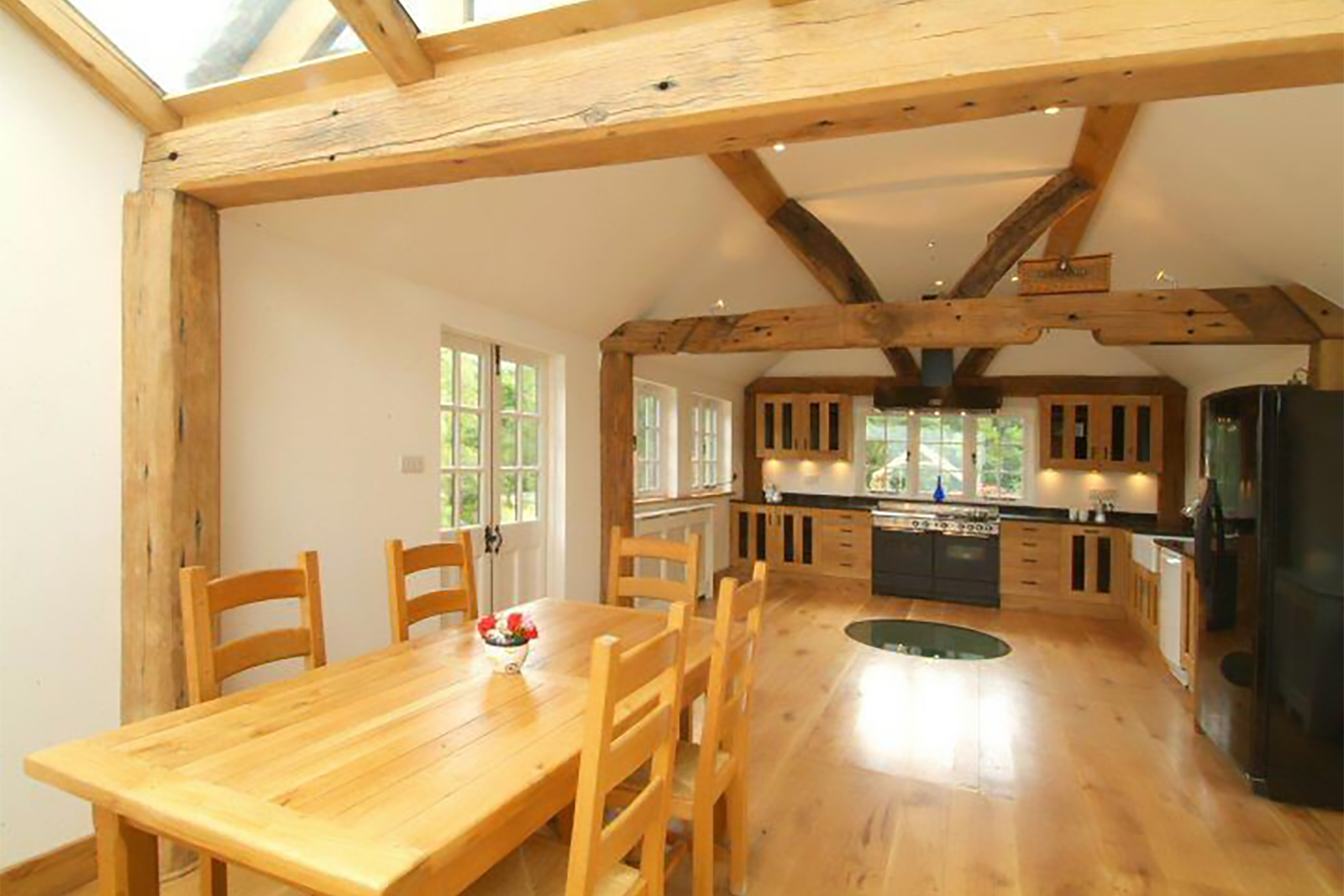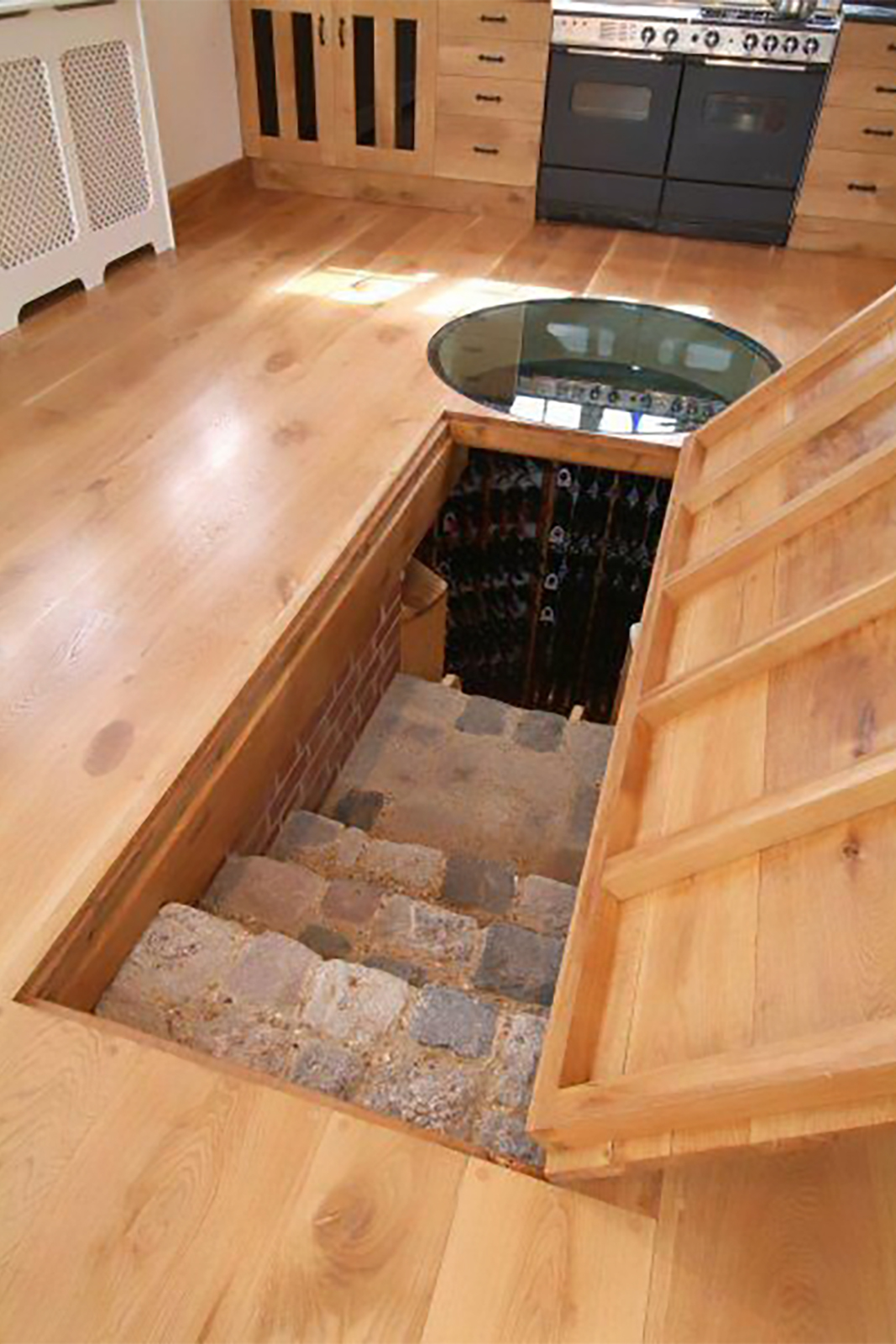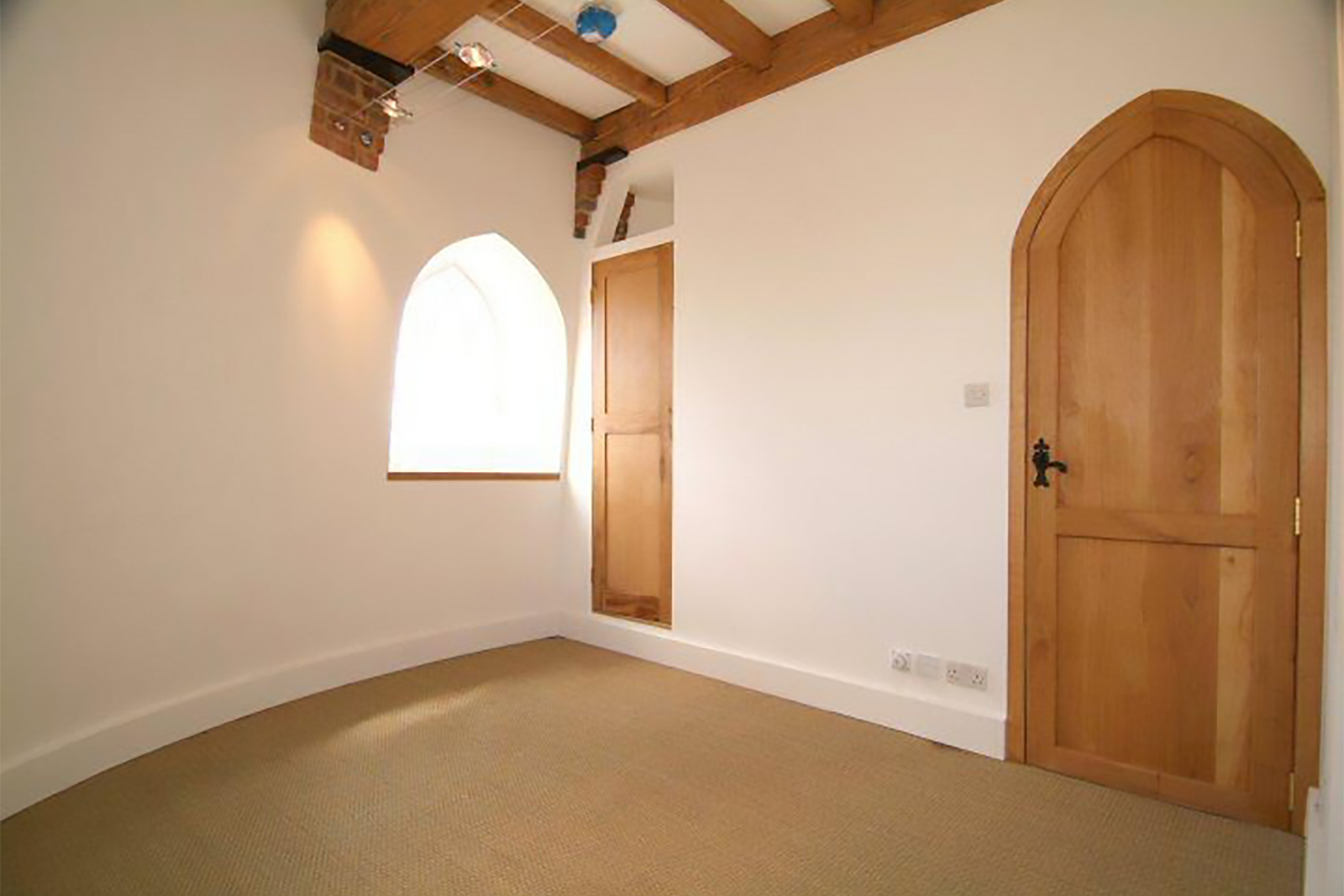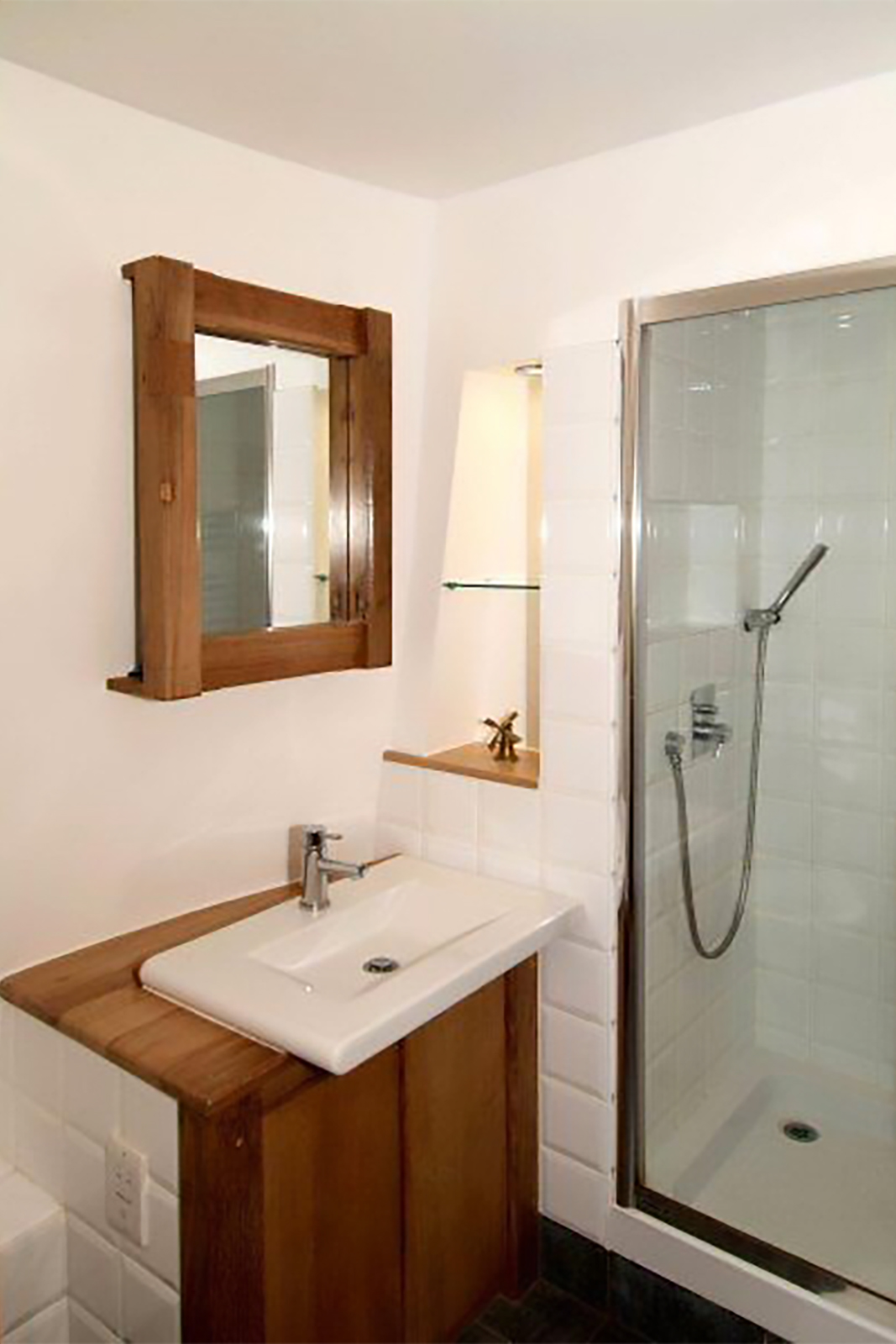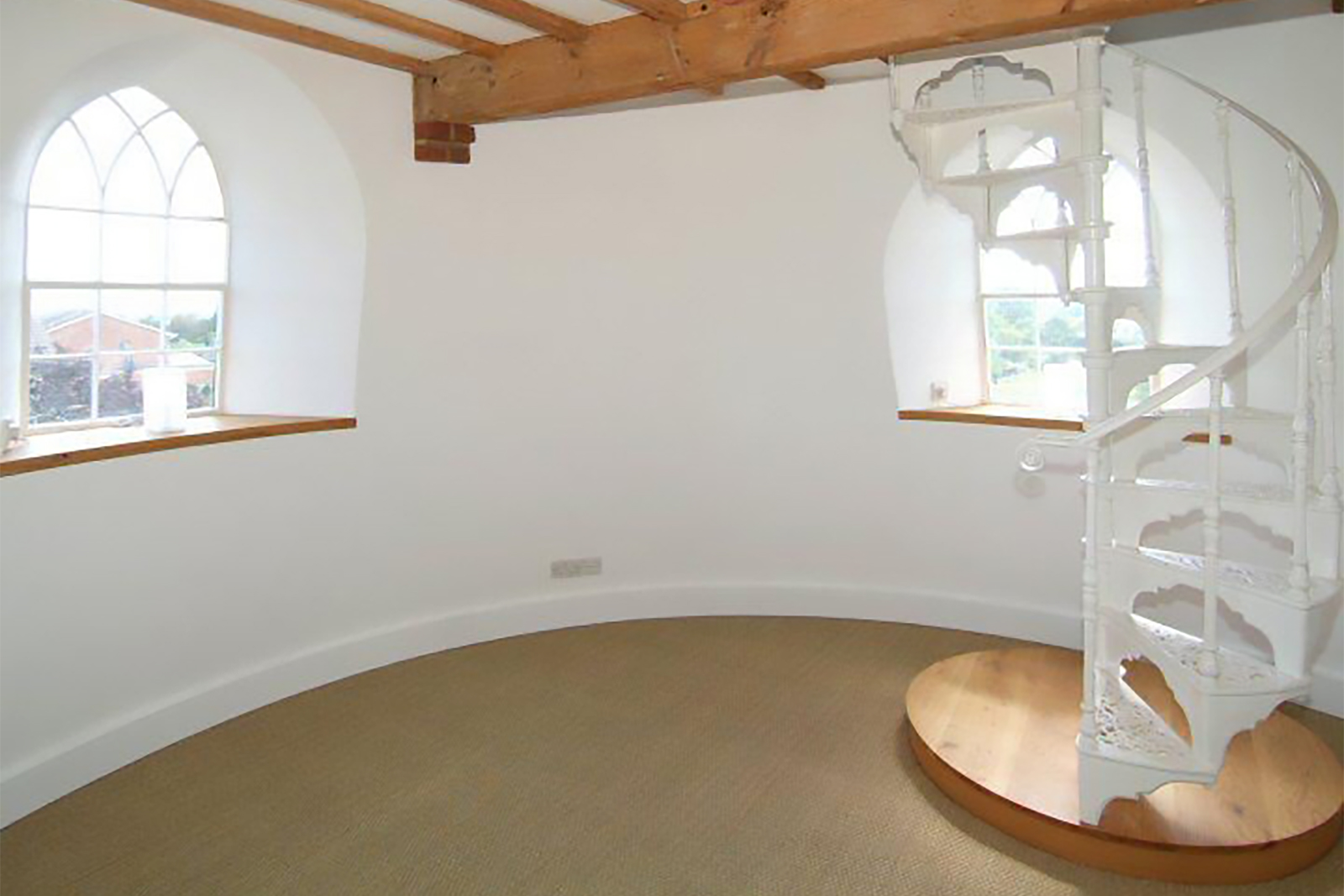Wray Windmill, Reigate – Grade II* Listed Windmill Restored
Background

Wray Common Windmill was built in 1824 and had a working life of over 70 years. In 1895 the mill ground to a sudden halt and the cast iron wind-shaft and heavy sails crashed through the support timbers. Over the 20th century the mill underwent a number of uses and refurbishments. It was first converted into a domestic dwelling in the 1960s, but had fallen into a state of disrepair by 2004 when it was purchased by a new owner.
The Restoration
The new owner wanted to restore the windmill as a domestic dwelling to a very high standard whilst conserving as many of the building’s original features as possible. To this end, Luke Bonwick, a heritage consultant specialising in windmills was employed. Because of the windmill’s Grade II* listing, it was also necessary to work closely with the local Conservation Officer.
Cap Assembly, Sweeps, and Fantail
The original cap assembly was so damaged that it was necessary to remove it with a crane before transporting it to a hanger where it was laid out in component form and rebuilt. A large quantity of slow-grown oak was used to replace timbers that were damaged beyond repair. The six-bladed fantail and the narrow walkway around the cap were also replaced using new timber. A set of replica sweeps with a 66 ft span were constructed using laminated timber beams to echo the design of the last working set.
Dampness and Timber Decay
In common with many windmills, Wray Windmill had originally been waterproofed with an external coating of tar. Over time, this tar had broken down, leading to the windmill’s brickwork becoming saturated. The problem was exacerbated by the fact that the internal walls had been painted with a vinyl paint which trapped the moisture.
A graduated system of grit blasting was used to remove the remaining tar from the outside walls and to remove paint and laitance from the inside walls. The windmill was then left to dry out with some assistance from a carefully-used industrial dehumidifier. During this period damaged timbers were repaired and treated to prevent further rot and woodworm infestation.
Damp-proofing and Waterproofing
Once the windmill had adequately dried out, a new coating of refined tar could be applied to the outside of the windmill to provide weather protection. A DPC was installed into the 24-inch walls around the base of the windmill using Dryzone Damp-Proofing Cream.
Oldroyd Xp Plaster Membrane was applied to all internal walls to provide further protection against penetrating dampness. Due to its studded profile, this membrane provides protection against dampness whilst allowing the wall to “breathe”. The membrane was then plastered over to provide a dry plaster finish.
Because of the “conical” shape of the windmill, the Oldroyd Xp membrane was applied to the walls at a carefully-calculated angle and allowed to “spiral” up the inside of the windmill. This “diagonal” application minimised the amount of cutting and joining of the membrane that would be required.
Further Work
Once the building had been made weather-tight and structurally-sound, further work was required to complete the restoration. This included:
- Rewiring
- Sound reduction
- Hand-crafted sweeping staircases
- Raising of ground-floor level
- New gothic arched oak doors
Maintenance
Due to the high quality of workmanship and materials used, maintenance should be kept to a minimum. However, the windmill will require a fresh coat of refined coal tar approximately every five years.
